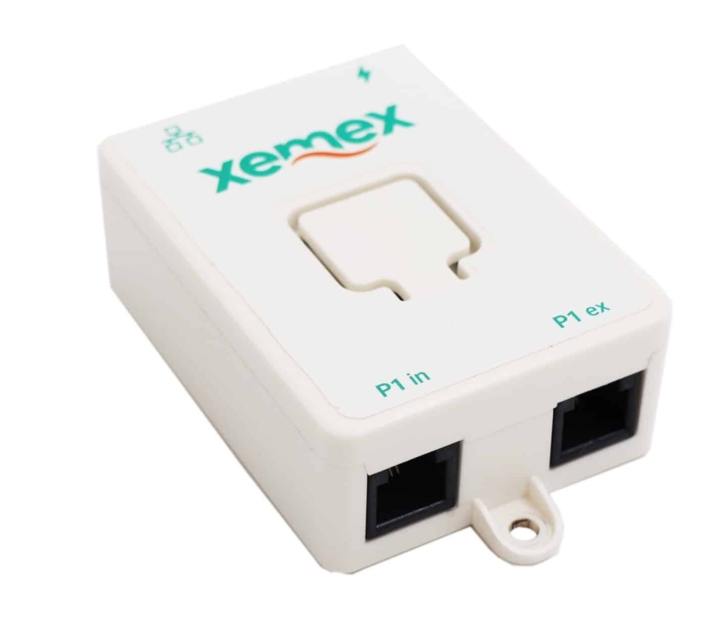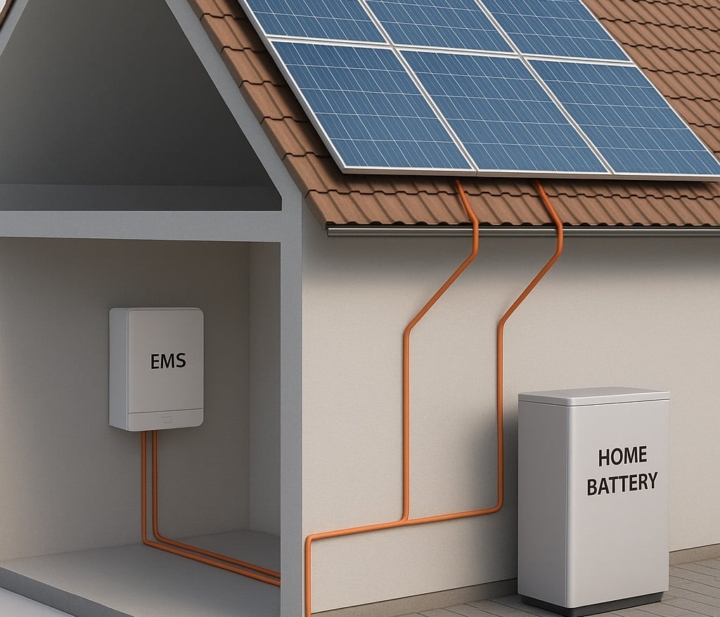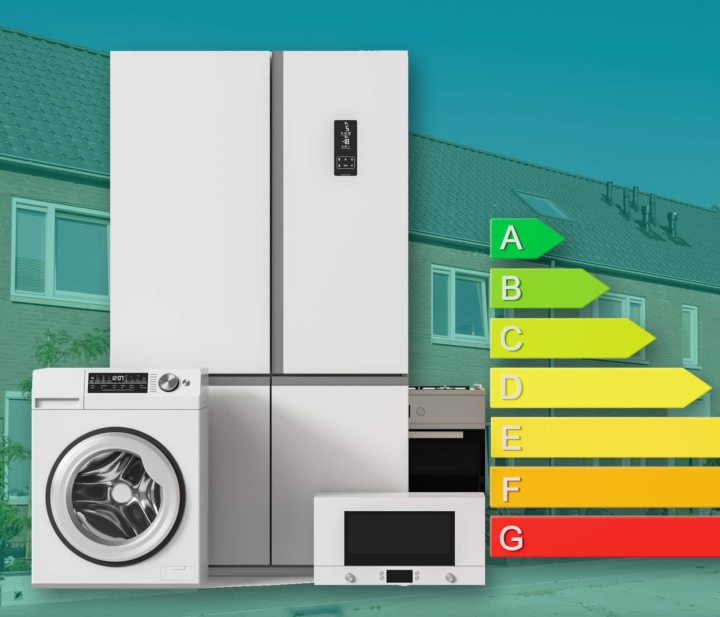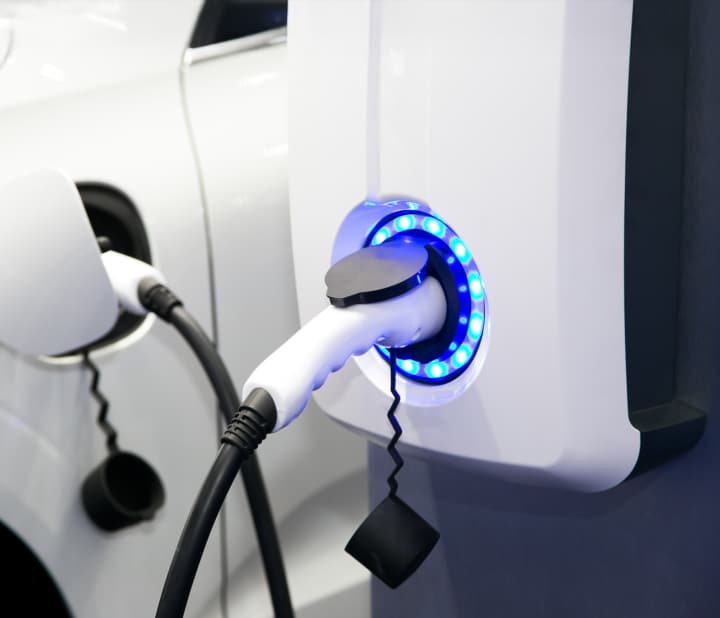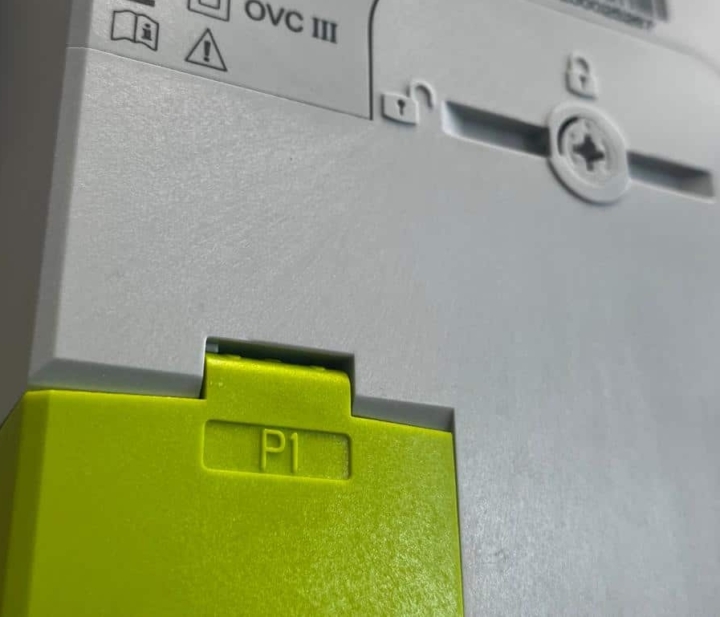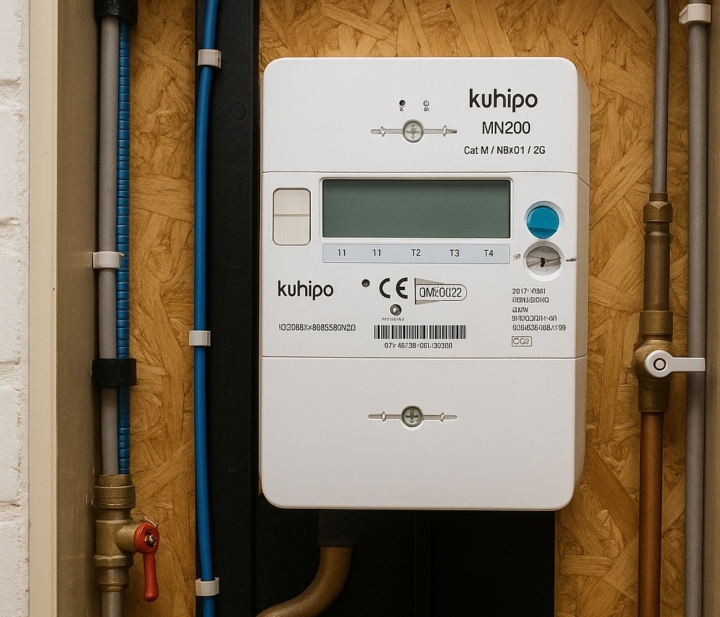What Are Dynamic Tariffs and How Can You Benefit from Them?
Imagine this: you charge your electric car at night when electricity is practically free. During the day, the sun shines brightly, your solar panels are producing at full capacity, and your home battery stores the excess energy for the evening peak. You no longer have a fixed energy bill, but instead decide every hour how and when to use electricity. That’s the power of dynamic tariffs—and they are becoming increasingly popular.
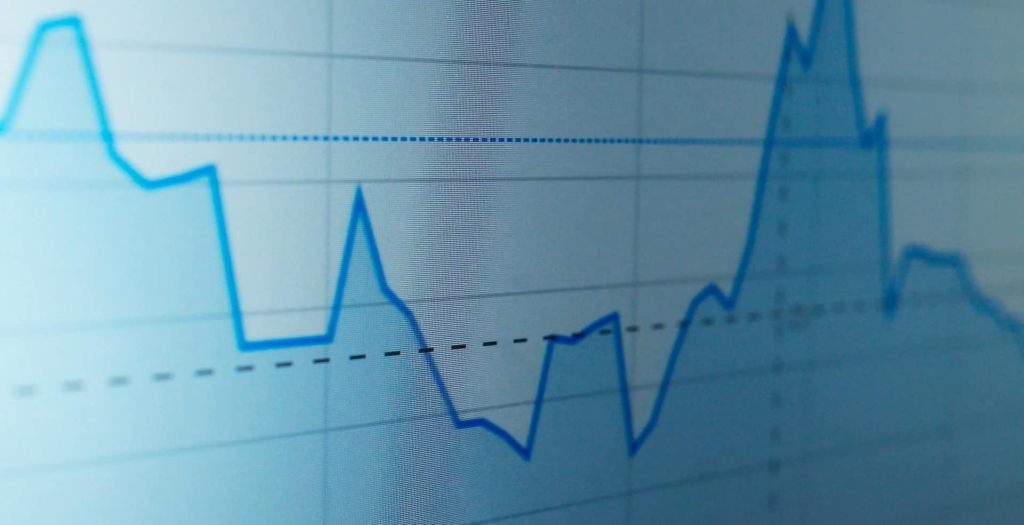
Instead of paying a fixed supply rate, a dynamic energy contract charges you an hourly rate that moves with the actual market price. Smart households with solar panels, electric vehicles or a home battery can benefit significantly from this. And with an Energy Management System (EMS), much of this advantage becomes fully automated.
What Is a Dynamic Tariff?
A dynamic tariff follows the prices on the EPEX SPOT market, where electricity prices are determined every hour based on supply and demand. These hourly rates are published one day in advance, meaning you can plan exactly when electricity is cheap—giving you direct influence over your energy costs.
How Does Dynamic Pricing Work Technically?
Dynamic pricing relies on automated data exchange. Your smart meter records your electricity usage in 15-minute intervals. These readings are sent to your energy supplier, who bills you based on the actual hourly prices. With an EMS, you don’t just read this data—you can use it to control your EV charger, heat pump or battery storage system. The functioning of dynamic tariffs depends on several key technological components:
- EPEX Spotmarkt
Every day at 13:00, electricity prices for the next day are set based on expected demand, weather conditions (sun/wind), and the availability of energy sources. - Smart meter
Your smart meter measures your usage every 15 minutes or hourly. This allows your supplier to charge you exactly based on when you consumed electricity. - Hourly Price Data
These rates are published by suppliers—typically via apps or online dashboards—around 14:00. This helps you plan ahead, e.g. to charge your car or start your washing machine during low-price hou - Energy Management System (EMS)
An EMS automates device control based on the hourly rates, allowing you to maximize the use of low-price hours effortlessly.

Is a Dynamic Tariff Right for You?
For households that can shift their energy consumption throughout the day, dynamic tariffs can be very attractive. If you generate solar power during the day and understand when electricity is cheap or expensive, you can save significantly. With an EMS, your energy use can be automated based on real-time price signals, amplifying your savings.
Dynamic tariffs are especially valuable if:
- JYou can plan usage based on prices
- You use an EMS to automate consumption/li>
- Your consumption is relatively high (e.g. due to EV charging or electric heating)
Dynamic Prices Over the Past Year
Over the past year, electricity prices have often dropped during sunny or windy weekends—sometimes even turning negative, meaning you got paid to consume electricity. Geopolitical factors and weather-dependent generation led to extreme price swings: higher peaks, deeper lows. On some days, electricity was free or had a negative price.
- Average peak price: €0,45 per kWh
- Average low price: €0,05 per kWh
- Lowest recorded price: -€0.15 per kWh (you got paid for consumption)
These figures show the savings potential for smart users—but also highlight the importance of insight and planning.

What Are the Downsides of Dynamic Energy Contracts?
Despite the potential benefits, dynamic tariffs also come with risks. Rising market prices can significantly increase your bill. You also need a good understanding of when electricity is cheap or expensive. An EMS helps manage those risks by shifting consumption automatically to cheaper hours.
Potential drawbacks include:
Uncertainty: You never know exactly what the price will be tomorrow.
Active monitoring: Without an EMS, you must manually track and respond to price changes.
Risk of price spikes: During cold evenings or grid instability, prices can skyrocket.
For households with a fixed consumption pattern or no smart devices, a traditional contract may be more stable and convenient.
Voor mensen met een vast verbruikspatroon of zonder slimme apparatuur, kan een traditioneel contract soms stabieler en comfortabeler zijn.
Managing Dynamic Tariffs with an EMS
An Energy Management System (EMS) bridges the gap between dynamic tariffs and smart energy use. Via a gateway (like the Xemex Lewiz), the EMS collects and analyses smart meter data (e.g. via the P1 port). It then uses price signals to control appliances: charging an EV, activating a boiler, or charging/discharging a home battery.
Technically, an EMS works as follows:
Receives hourly prices from your supplier via API (EPEX feed)
Processes your preferences and household profile (e.g. EV must be fully charged by 7:00 a.m.)
Controls appliances using home automation protocols (Zigbee, Wi-Fi, Modbus, etc.)
Want to know more about how an EMS interacts with dynamic pricing? Visit: https://www.xemex.eu/energie-management-systeem-ems/ems-functionaliteiten/dynamische-tarieven/
Dynamic tariffs are powerful tools for optimizing energy costs—if you have the right technical setup: a smart meter, API access, and a robust EMS that processes real-time data. This allows you to automatically avoid peak prices and capitalize on cheap hours. With dynamic pricing, you take back control of your energy bills. Whether you plan usage manually or automate everything with an EMS—the choice is yours.
Always ready to start
Wondering what we can do for your organization? Contact Xemex and discuss your needs with our team. Together we will realize a solution that addresses your energy challenges and opens up new possibilities.
Burgemeester Burgerslaan 40
5245 NH 's-Hertogenbosch, The Netherlands
Metropoolstraat 11a
2900 Schoten; Belgium
